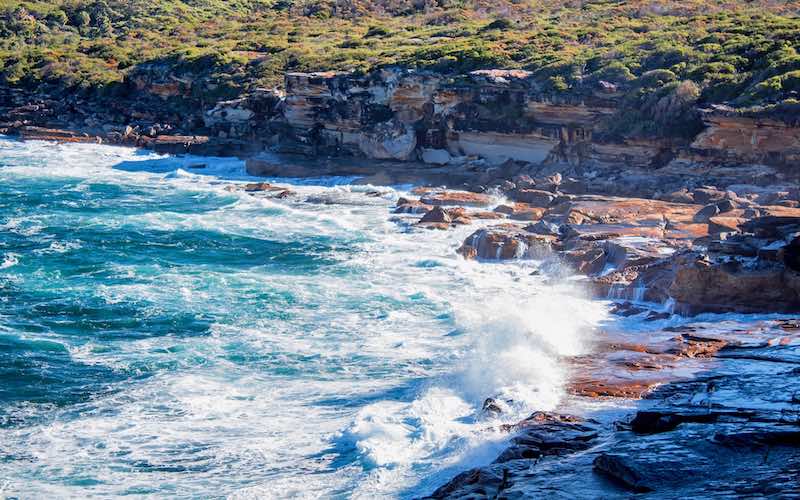Under a business as usual scenario, Queensland’s economy will grow 31% over the 10 years to 2032–33.
This is compared with a 27% expansion of the national economy.
However, if new targets are met, a more optimistic scenario emerges with the state economy expanding 46% by 2032–33.
The new targets include fully developing critical minerals, hydrogen, and ag-tech.
According to the ANZ report, which was written by Adept Economics, the state will require $230 billion in additional private sector investment over the decade to achieve the ‘optimistic scenario.’
ANZ Group Chief Executive Officer Shayne Elliott confirmed ANZ’s confidence in the opportunity for greater growth in Queensland.
“The report provides a baseline of where the state is today, how its strengths have evolved and the very real chance to further grow its share of Australia’s economy, beyond the business-as-usual,” Mr Elliott said.
“Queensland already has abundant natural resources, world class tourism, and great connectivity to the Asia Pacific region – not to mention a fast-growing population.
“With an even greater focus on its strengths, there’s a real opportunity to benefit from the transition to net zero, the role of technology in agriculture and a more mobile workforce looking to live in the Sunshine State.”
Adept Economics Director Gene Tunny believes the more aggressive growth outlook is very credible if Queensland builds on its existing strengths while maximising every opportunity at its disposal.
“Queensland is well placed already but with extra private sector investment and appropriate policy measures to encourage that investment, the future state could be even brighter,” Mr Tunny said.
”The opportunity in sustainability solutions, the critical minerals required for a low emissions economy, the Olympics, the greater attraction for technology workers to work remotely in Queensland and connectivity to Asia are all other critical advantage Queensland has to take advantage of.”
However, the report also cited several hurdles.
“There is the ongoing challenge of building housing and transport and other infrastructure for an ever-expanding population,” it said.
According to the ABS, Queensland’s population is growing at 2.2% per annum compared with 1.6% nationally.
In the 12 months to September 2022, the state grew by 114,400 people. Annual net interstate migration is running at nearly 50,000.
Other major challenges include the potential for cost blowouts due to major projects competing for workers, uncertainty around energy markets and costs, and economic conditions becoming less predictable.
Image by Brisbane Local Marketing via Unsplash





 Rachel Horan
Rachel Horan
 Harrison Astbury
Harrison Astbury


